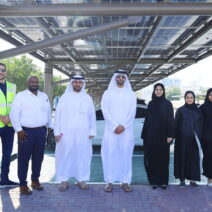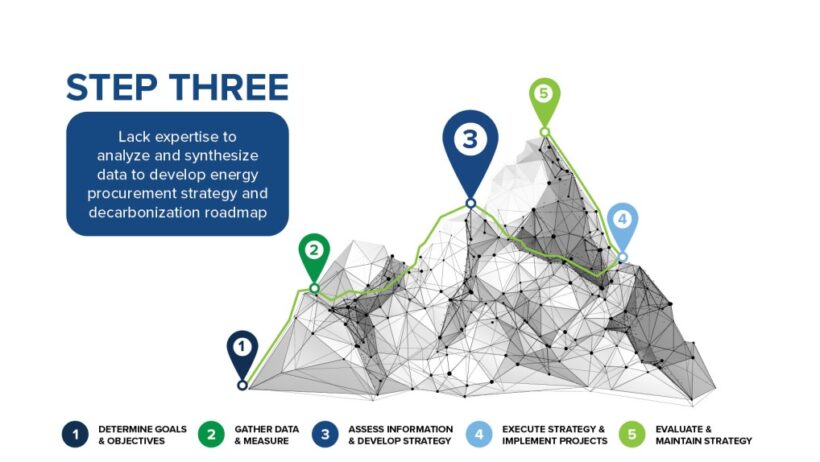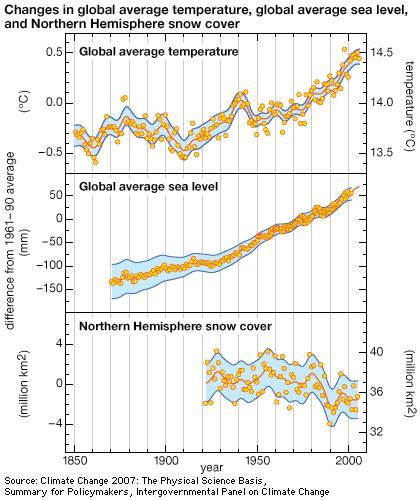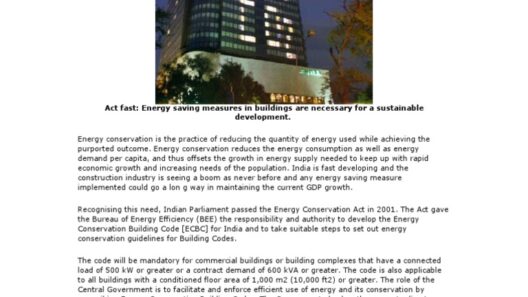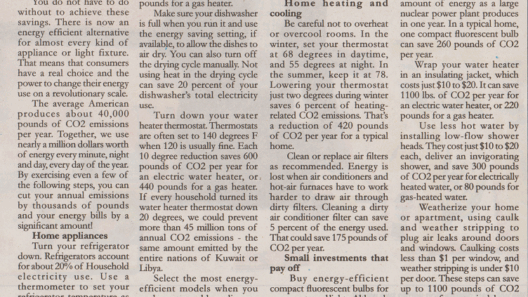Have you ever pondered how energy morphs and migrates through various systems? Picture the journey of energy as it transforms from one form to another. This exploration offers a captivating glimpse into the intricate process of energy conservation—a foundational principle that governs our understanding of the natural world and informs the ongoing transition to sustainable practices.
Energy transformation is an omnipresent phenomenon. Whether it is the sunlight eliciting photosynthesis in plants, a wind turbine converting kinetic energy into electrical energy, or a battery encasing chemical energy to power our devices, the essence of energy remains constant even as its forms change. At the core of these transformations lies the law of conservation of energy, which posits that energy cannot be created or destroyed but only converted from one form to another. This principle plays a pivotal role in shaping our methods of energy efficiency and sustainability.
To delve deeper, let’s break down the major forms of energy transformation. The journey begins with kinetic energy: the energy of motion. For instance, in hydroelectric power stations, flowing water spins turbines, converting kinetic energy into electrical energy. This electricity can then be used to power homes and industries. Such transformations highlight the seamless nature of energy conservation—what begins as kinetic energy does not simply vanish; it is transfigured into a usable form.
Next, we should consider thermal energy, which is evident when we burn fossil fuels. The combustion process releases thermal energy, which can then be harnessed to produce steam and drive turbines, generating electricity. However, a significant challenge arises here—energy loss due to heat dissipation. While thermal energy can effectively be transformed into kinetic and subsequently electrical energy, the efficiency of conversion is not 100%. In fact, a large proportion of thermal energy escapes into the environment as waste heat. This scenario begs the question: how can we mitigate energy loss in this stage of transformation?
Renewable energy sources present a compelling solution to enhance the efficiency of energy transformation and conservation. Solar panels epitomize this innovation. They convert sunlight—radiant energy—directly into electrical energy through photovoltaic cells. This direct conversion minimizes energy loss, providing a more sustainable alternative to traditional energy sources. However, challenges remain in terms of energy storage and distribution. As the sun does not shine continuously, finding ways to store solar energy for use during cloudy days or nighttime remains a conundrum that needs addressing.
Another fascinating aspect of energy conservation during transformation is the role of efficiency and technology. Innovations in energy capture and conversion techniques have the potential to dramatically enhance energy conservation. For example, the advent of smart grids has revolutionized energy distribution. These technologically advanced systems allow for real-time monitoring and management of energy usage, greatly reducing waste while optimizing load distribution. As we incorporate such technologies, we engage in a vital challenge: ensuring equitable access to energy for all communities while promoting sustainable practices.
The interplay between energy transformation and conservation also extends beyond technological solutions. Behavioral changes among consumers significantly influence energy dynamics. Encouraging energy mindfulness—thoughtfully considering our energy consumption habits—can enhance conservation efforts. Simple actions such as turning off lights when exiting a room, utilizing energy-efficient appliances, or investing in home insulation can collectively lead to substantial energy savings. Yet, the pressing question remains: how do we instill a culture of energy conservation in a society often prone to energy excess?
As we navigate this complex landscape, it is essential to recognize that the journey of energy is not linear but rather a multifaceted process influenced by numerous variables—technological advancements, government policies, and individual behaviors. Moreover, energy conservation through transformation cannot be achieved in isolation; it requires collaborative efforts among stakeholders, including governments, businesses, and the public. Policy initiatives promoting renewable energy, incentivizing energy-efficient technologies, and enhancing consumer education are critical components in fostering an energy-conscious society.
Furthermore, we must consider the ecological ramifications of our energy usage. Energy conservation is not solely about maximizing efficiency but also about minimizing environmental impacts. The extraction and consumption of fossil fuels result in greenhouse gas emissions, contributing to climate change. Transitioning towards cleaner energy sources, such as wind, solar, and hydroelectricity, plays a crucial role in curbing environmental degradation. The challenge thus lies in balancing economic growth with ecological stewardship as we strive for a sustainable energy future.
In conclusion, the journey of energy conservation through transformation is an intricate weave of physical principles, technological advancements, and societal behaviors. As we explore this multifarious journey, we uncover opportunities and challenges that propel us toward a more sustainable world. Each step we take, informed by the promise of renewable energy and enhanced efficiency, brings us closer to a future where energy is not just consumed but revered as a vital resource worthy of conservation. So, as you contemplate the energy journey, what role will you play in this essential transformation?

